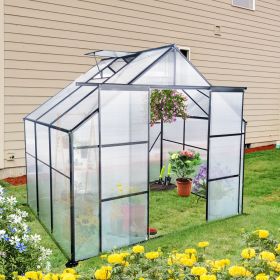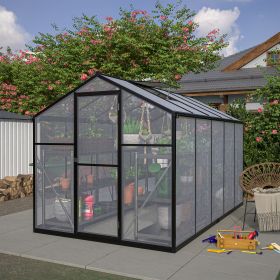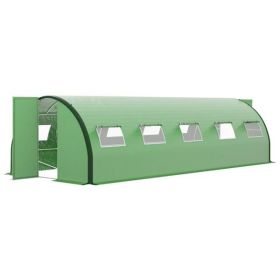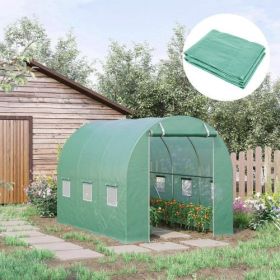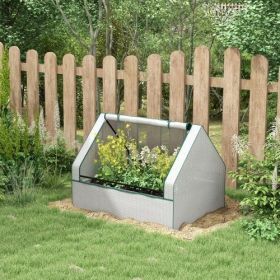Setting Up a Greenhouse for Survival Gardening
A greenhouse can be a game-changer for survival gardening, allowing you to grow food year-round and protect crops from harsh weather, pests, and diseases. Here’s how to set up an efficient survival greenhouse:
1. Choosing the Right Greenhouse
- Material: Use polycarbonate for durability and insulation or polyethylene for an affordable option. Glass is great but more fragile.
- Frame: Aluminum and galvanized steel are long-lasting, while wood offers a natural look but requires more maintenance.
- Size: Choose based on available space and food production needs. A 10x12 ft greenhouse is a good start for a family.
- Shape:
- Hoop houses (cost-effective, great for small spaces).
- Geodesic domes (wind-resistant, excellent for extreme climates).
- Traditional A-frame (good airflow and space for vertical growing).
2. Climate Control & Insulation
- Heating:
- Use thermal mass (barrels of water, bricks, or stone) to absorb heat during the day and release it at night.
- Rocket mass heaters or propane heaters for extreme cold.
- Cooling & Ventilation:
- Automatic vent openers and exhaust fans prevent overheating.
- Shade cloth reduces heat during summer months.
- Humidity Control:
- Keep proper air circulation to prevent mold and fungal diseases.
- Use mulch to retain soil moisture without over-humidifying the air.
3. Choosing Survival Crops
Opt for nutrient-dense, high-yield crops that store well or can be preserved:
✔ Leafy Greens: Kale, spinach, Swiss chard (quick-growing, nutrient-rich).
✔ Root Vegetables: Carrots, beets, potatoes, radishes (store well).
✔ Legumes: Peas, beans (high protein, can be dried for storage).
✔ Fruits: Strawberries, dwarf citrus, tomatoes (good vitamins).
✔ Herbs & Medicinals: Basil, thyme, rosemary, echinacea, chamomile (for cooking and medicine).
4. Watering & Irrigation
- Rainwater Collection: Store rainwater in barrels and use gravity-fed irrigation.
- Drip Irrigation: Efficient water use, prevents overwatering, and reduces plant diseases.
- Self-Watering Containers: Help maintain moisture levels without daily watering.
5. Sustainability & Off-Grid Readiness
- Solar Panels: Power fans, heaters, or lights without relying on the grid.
- Composting: Use kitchen scraps and garden waste to create nutrient-rich soil.
- Hydroponics or Aquaponics: Increase food production with water-based growing systems.
Final Tips for a Survival Greenhouse
✅ Plan for crop rotation to keep soil healthy.
✅ Store extra seeds in a cool, dry place for future use.
✅ Include companion planting (e.g., marigolds to repel pests).
✅ Keep tools, soil, and backup materials stocked for emergencies.
